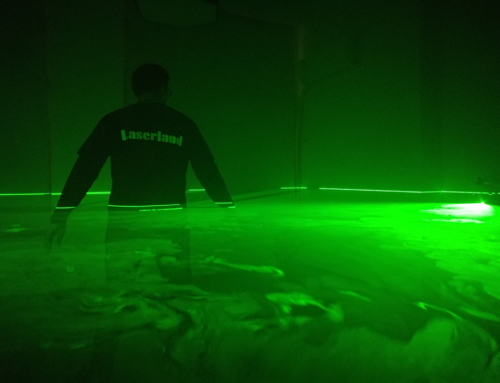With the development of industry, the requirements for automation in production are getting higher and higher, and machine vision technology has been widely introduced into the industrial industry.
Machine vision technology consists of a combination of automation and laser technology, which can achieve many innovative and efficient applications. Using computers and sensors to perform repetitive tasks can be done quickly, accurately and without errors. This greatly liberates labor productivity.
The straight-line laser is used for the positioning of industrial automation robotic arms. Its main purpose is to provide a baseline for the robotic arm to assist the robotic arm in precise positioning and operation. There are many types of one-line lasers. During use, you need to pay close attention to parameters such as laser wavelength, line width, projection distance, adjustment function, spot shape, and service life. The working process of a line laser is to project a linear laser beam onto the surface of the working area to form an obvious reference line. The robotic arm can determine its position, direction and coordinates by identifying and tracking this reference line, thereby achieving precise positioning and operation.
Line lasers play many roles in the automation industry. In the automated production line, the one-line laser can provide a clear reference line to help the robot arm align with other workpieces and perform accurate calibration; the robotic arm can perform path planning and trajectory tracking based on the reference line provided by the one-line laser, achieving Precise movement and operation; the robotic arm can use reference lines to determine its own position and direction, as well as the coordinate system of the work area, to help the robotic arm perform accurate operations and positioning at different locations.




